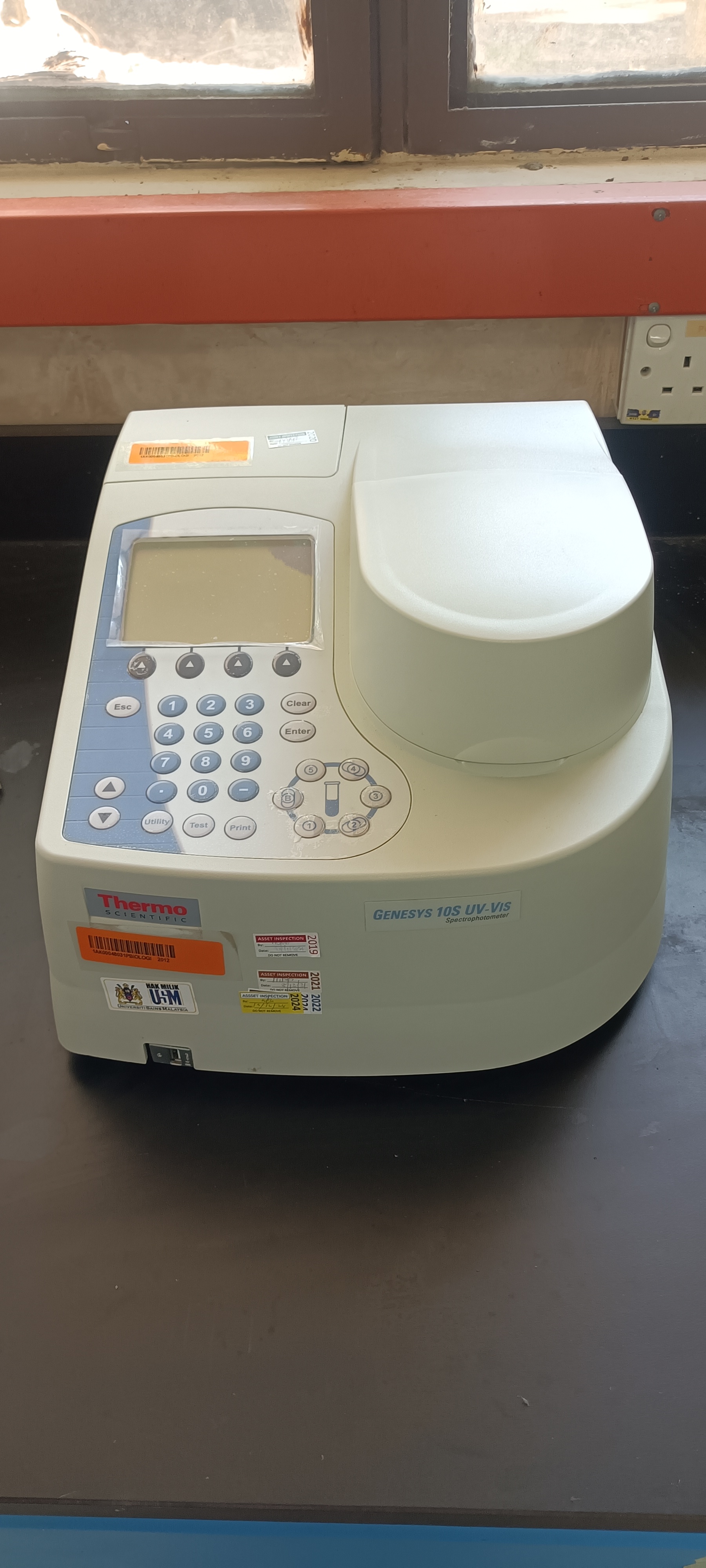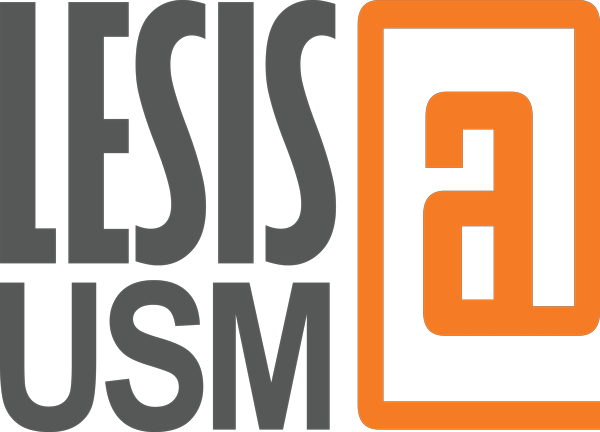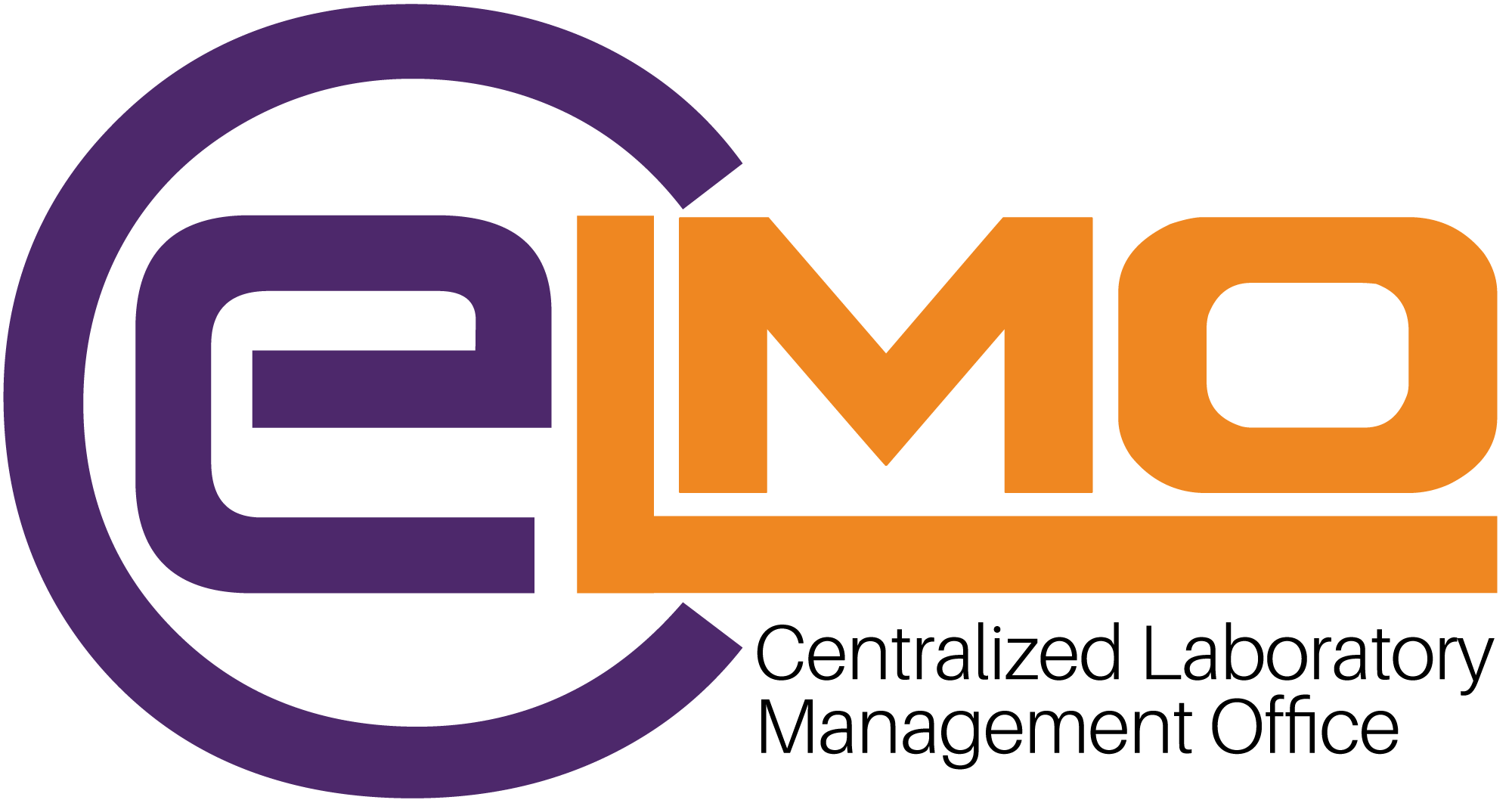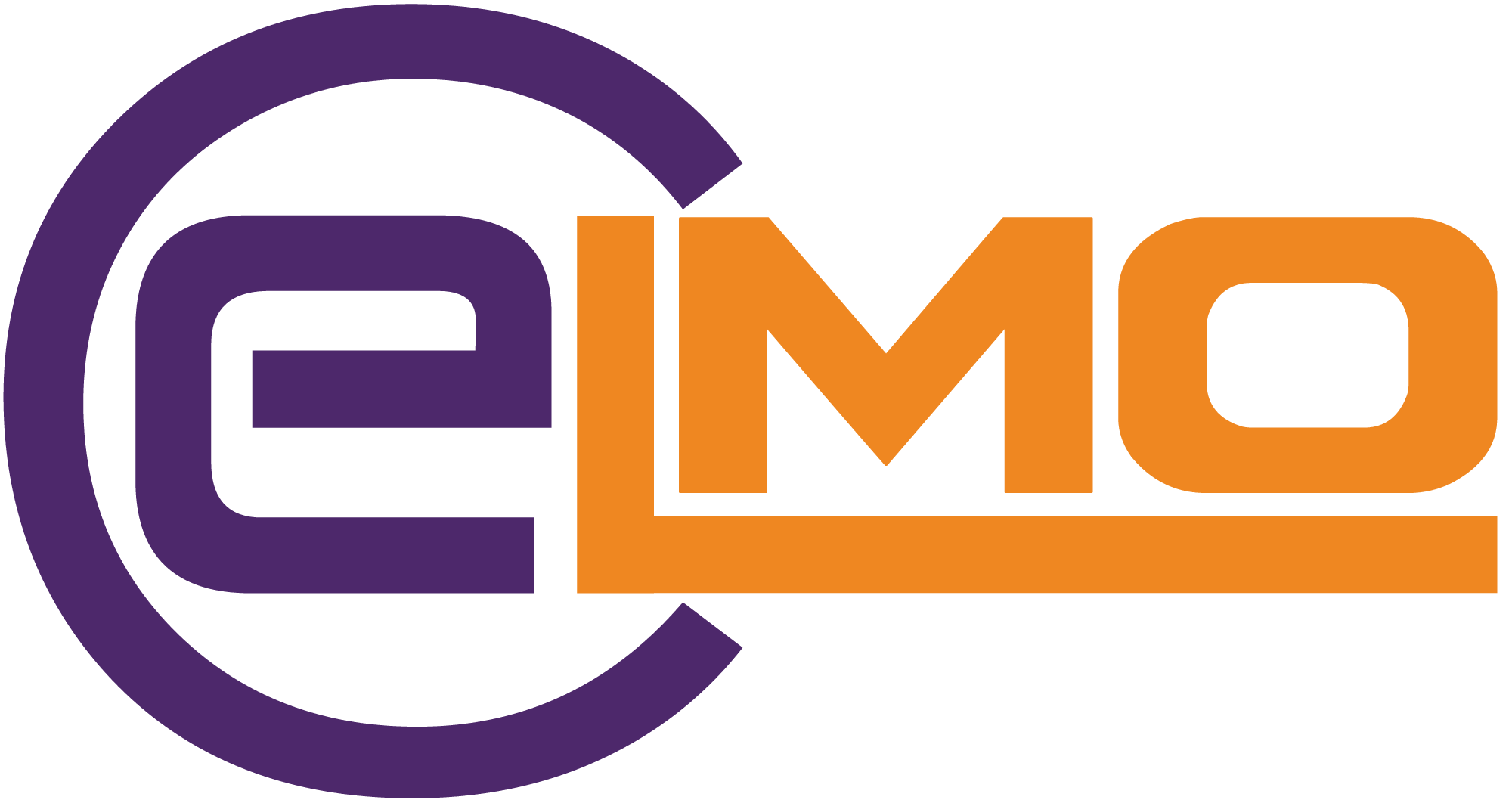


Laboratory Equipment & Services Information System
by Centralized Laboratory Management Office (CeLMO)
A UV spectrophotometer is a scientific instrument used to measure the absorbance or transmittance of ultraviolet (UV) light by a sample. It works by passing UV light through a sample and measuring the amount of light absorbed by the sample at different wavelengths, typically in the range of 200 to 400 nanometers (nm). The device helps determine the concentration of substances in a solution, as many compounds absorb UV light at specific wavelengths.
In a typical UV spectrophotometer:
- Light Source: Emits UV light (usually a deuterium lamp).
- Monochromator: Separates the light into its component wavelengths.
- Sample Holder: The sample is placed in a cuvette (a small transparent container), which is typically made of quartz (since regular glass absorbs UV light).
- Detector: Measures the amount of light that passes through the sample.
USE HAVE TO BRING CURVETTES AND STANDARD THEMSELVES
Using a UV spectrophotometer involves measuring the absorbance or transmittance of a sample at specific wavelengths in the ultraviolet (UV) and visible (VIS) light spectrum. Here's a step-by-step guide on how to use a UV spectrophotometer:
1. Preparation
- Turn on the spectrophotometer: Ensure the instrument is powered on and allow it to warm up for a few minutes (if required).
- Select the proper wavelength range: Typically, UV spectrophotometers operate in the range of 190-1100 nm, but you’ll want to select the range based on the properties of your sample.
- Choose the appropriate cuvettes: Cuvettes are small containers that hold your sample. They should be clean and made of materials like quartz (for UV measurements) or glass/plastic (for visible measurements). Ensure there are no fingerprints or smudges on the cuvette.
2. Blank Calibration
- Prepare the blank: The blank is usually a sample of the solvent or medium in which your sample is dissolved (e.g., water, ethanol). This is used to zero the instrument to account for any absorbance due to the solvent.
- Insert the blank: Place the cuvette with the blank into the spectrophotometer and close the compartment.
- Zero the instrument: Set the spectrophotometer to zero absorbance (this is usually done by pressing a "Zero" or "Blank" button).
3. Sample Preparation
- Prepare your sample: Ensure the sample is properly dissolved or suspended in a solvent. You may need to filter the sample to remove any particulates if necessary.
- Measure the sample volume: Pour a measured volume of your sample into a clean cuvette, making sure to handle it by the sides to avoid contamination.
4. Measuring the Sample
- Insert the sample cuvette: Place the cuvette containing your sample into the spectrophotometer’s sample compartment, aligning it properly (ensure that the clear sides of the cuvette are facing the light path).
- Select the wavelength: Choose the wavelength at which you want to measure the absorbance. You can either scan across a range of wavelengths or select a single wavelength.
- Take the measurement: Press the appropriate button to take the reading. The instrument will display the absorbance or transmittance of your sample at the selected wavelength.
5. Data Analysis
- Record the absorbance: The spectrophotometer will display the absorbance value, which you can use to analyze the concentration of the analyte in your sample, using Beer's Law (if applicable): A=ε⋅c⋅lA = \varepsilon \cdot c \cdot lA=ε⋅c⋅l Where:
- AAA is the absorbance,
- ε\varepsilonε is the molar absorptivity,
- ccc is the concentration of the analyte,
- lll is the path length of the cuvette.
- Multiple measurements: If needed, you can measure your sample at different wavelengths to construct an absorbance spectrum.
6. Cleaning and Maintenance
- Clean the cuvette: After use, clean the cuvettes thoroughly with appropriate solvents and dry them with a lint-free tissue.
- Turn off the instrument: After completing your measurements, turn off the UV spectrophotometer.
Notes:
- UV Safety: UV light can be harmful to your skin and eyes, so avoid direct exposure.
- Cuvette Handling: Always handle cuvettes by the edges to avoid fingerprints or contamination on the clear sides.
- Consistency: For accurate results, always use consistent techniques, including the same cuvettes for blank and sample measurements.
- Manufacturer
- Brand
- COLE PARMER
- Model
- G10 S UV-VIS
- Year Manufactured
- Year Procured
- 2012
- Department
- PUSAT PENGAJIAN SAINS KAJIHAYAT
- Location
- P.p.s Kajihayat > Aras 1>soil
- Date Registered LESIS
- 17/10/2024
- Category
- Function
- Booking, Testing,
- Category
- Self operated
- Equipment Status
- Good
Person In-Charge


